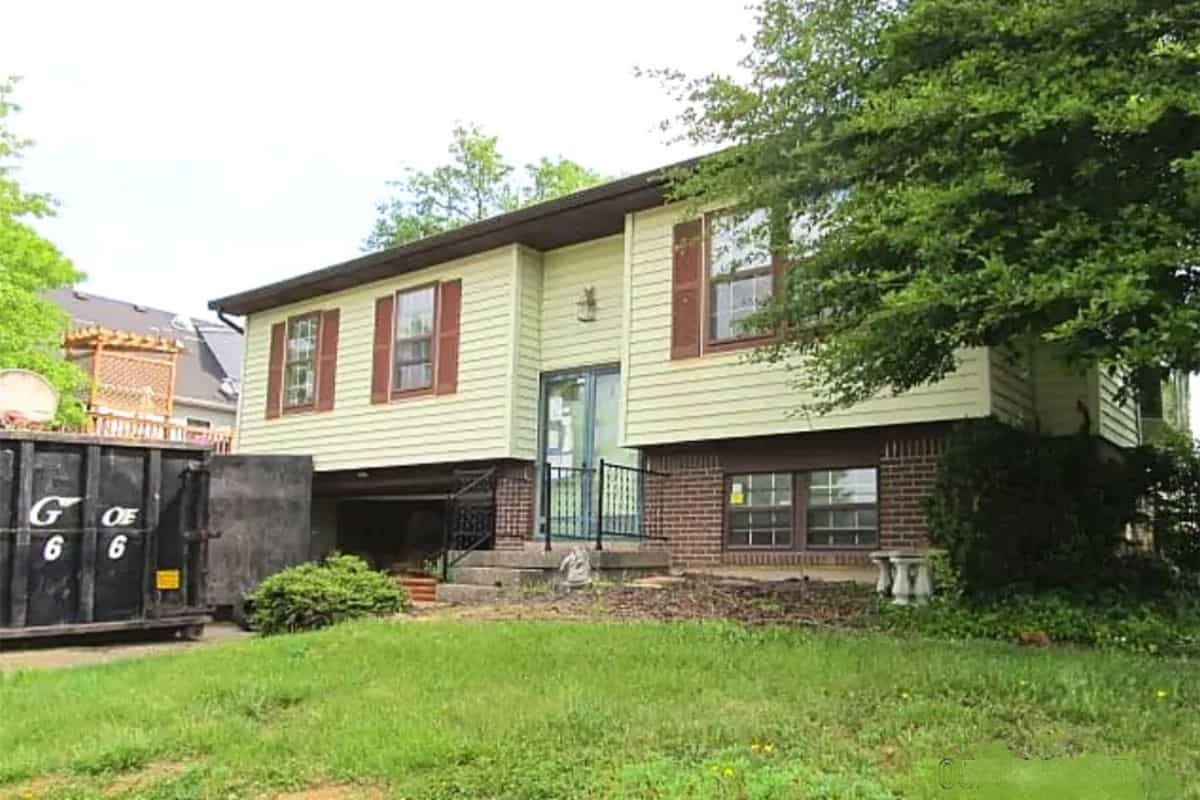If you’ve never flipped a house before, you might be wondering if there is any specific amount of time you need to wait before you can flip a house.
As you might have heard real estate investors talking about the “90 Day Flip Rule” or waiting for one or two years before selling a flip for tax purposes.
However, there is no specific time period, you must wait before you can flip a house.
There are, however, restrictions on how quickly you can resell a property depending on the financing used to buy the house.
And there can be tax advantages to waiting a certain amount of time before you sell the flip.
For more information on these restrictions and advantages, as well as the “90 Day Flip Rule”, keep reading.
As we go through all the different house flipping timelines and restrictions involved in flipping a house.
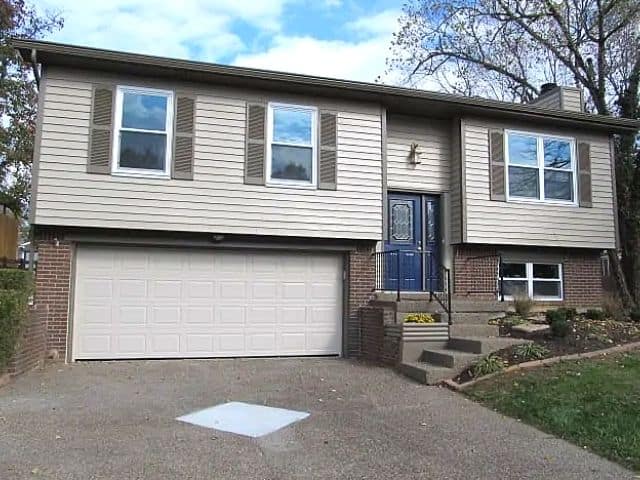
How Financing Can Affect the House Flipping Timeline
If you’re using cash to fund a house flip, there are no restrictions on how quickly you can flip a house, other than potential restrictions the future buyer’s lender may have. (More on this later.)
But if you’re using a traditional home loan to buy your flip, such as an FHA loan and perhaps even a conventional loan, this can have a big impact on how quickly you can flip a home.
This is because FHA loans require you to live in the home you are purchasing with FHA financing for a least one year as your primary residence.
This means you would have to wait at least one year before you could resell a home as a flip if you used FHA financing to purchase the home.
And one of the best ways I’ve found to find deals on real estate is foreclosure.com, which has the largest selection of foreclosed homes in the United States.
To find deals on real estate and see foreclosed homes in your area, click here!
In addition, more and more conventional loans are adopting FHA policies, to make them easier to sell on the secondary mortgage market, which means even a conventional loan could have occupancy requirements or restrictions on how quickly the property can be resold.
The best way to check on this is to check with your loan officer.

Short Term vs Loan Term Capital Gains and House Flipping
While you might assume as a real estate investor, that the goal is to always flip the house as quickly as possible.
There is a flipping scenario, where it might make more sense to hold the property for at least a year before flipping it, due to the difference in short-term and long-term capital gains tax rates.
You see, if you flip a property in less than a year, any profits you make from the flip will be considered short-term capital gains, which are typically taxed as ordinary income.
If however, you hold the property for one year and a day, the flip is considered a long-term investment and is taxed at the long-term capital gains rate, which is either 0, 15, or 20 percent depending on your total earnings for the year.
So while it’s usually always best to flip a house as quickly as possible to maximize your house flipping profits and minimize your carrying costs.
There could be a house flipping scenario where it might make sense to wait to sell a flip for the tax benefits, especially if you’re already close to the one-year mark anyway.
But before you decide anything, make sure to discuss the pros and cons with your accountant, to see what might be best for your particular financial and tax situation.
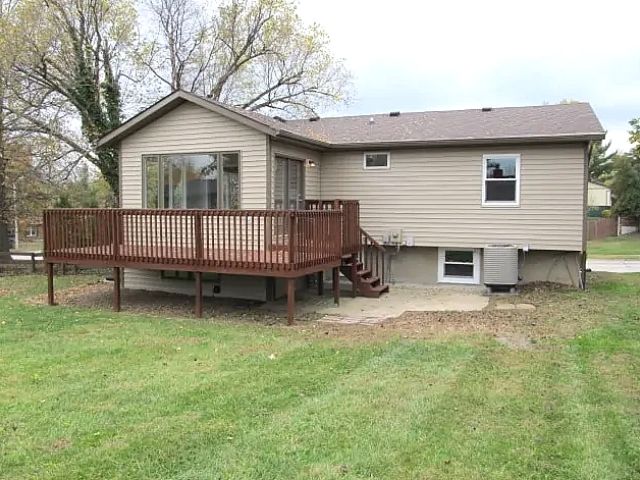
Why You Might Want to Wait Two Years Before Selling a House Flip
As a general rule of thumb when flipping houses the faster you can flip the house the better.
As time literally translates to money when flipping houses.
However, there is a house flipping scenario where it might make sense to hold the property for 2 years before flipping it because of one specific IRS tax exclusion.
IRS Section 121 Exclusion States:
“If you have a capital gain from the sale of your main home, you may qualify to exclude up to $250,000 of that gain from your income, or up to $500,000 of that gain if you file a joint return with your spouse….if you have owned and used your home as your main home for a period aggregating at least two years out of the five years prior to its date of sale.”
This means when you flip a home you’ve lived in for at least two years as your primary residence, when you sell the property, you will be exempt from capital gains tax on the profits up to $250,000 if you’re single or up to $500,000 if you’re married filing jointly.
Creating a huge potential tax incentive and savings, if your willing to live in the house for two years as your primary residence before you flip it.
And the great thing is that there is no limit on how many times you can use this IRS Section 121 Exclusion.
In fact, there are some real estate investors that use this exclusion to avoid paying capital gains tax on their flips altogether.
By moving into the house they plan to flip and then waiting two years before they sell it and repeating this process over and over again every two years.
In fact, this house flipping strategy is so popular that it actually has a name as it’s referred to as the “2-Year Flip Strategy”.
For more information on the “2-Year Flip Strategy”, check out our article “2 Year Flip Strategy: How to Flip the Home You Live In“.
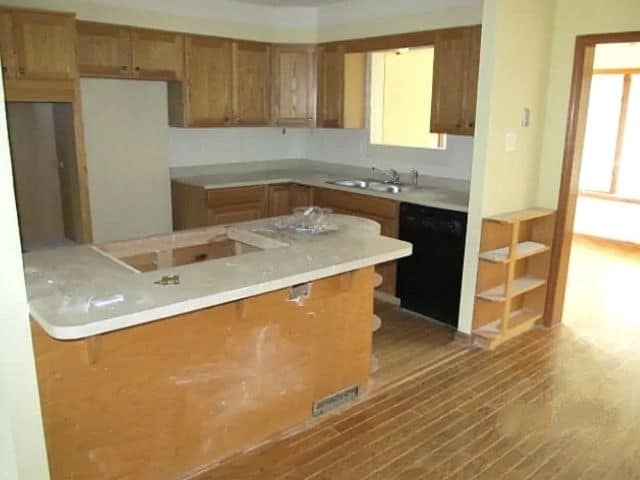
What is the 90 Day Flip Rule for Real Estate?
Beginner house-flippers are often confused about the “90 Day Flip Rule” and its impact on how quickly you can resale property as a flip.
As there is a lot of misinformation out there in the flipping world, that gives the impression that the “90 Day Flip Rule” is somehow the amount of time you have to wait before you can flip a house.
But what this misinformation fails to explain is that the “90 Day Flip Rule” is not a blanket rule on how quickly you can resell a property as a flip.
As the “90 Day Flip Rule” really only comes into play if you’re selling your flip to a buyer that’s using FHA financing.
This is because FHA will not allow financing on a home, where the previous sale date of the property was less than 90 days ago.
So what the “90 Day Flip Rule” means for you as a house flipper is that you either need to sell your home to a buyer not using FHA financing in the first 90 days of ownership or let the flip season for at least 90 days before selling the flip to a buyer using FHA financing.
But even if you wait 90 days before selling your flip to an FHA buyer, you’re not completely out of the woods, as FHA loans also have a 91 – 180 day restriction.
The 91 – 180 day FHA restriction states that if the home is being sold for more than 100% of the original purchase price the seller paid for the property a second appraisal is required on the home.
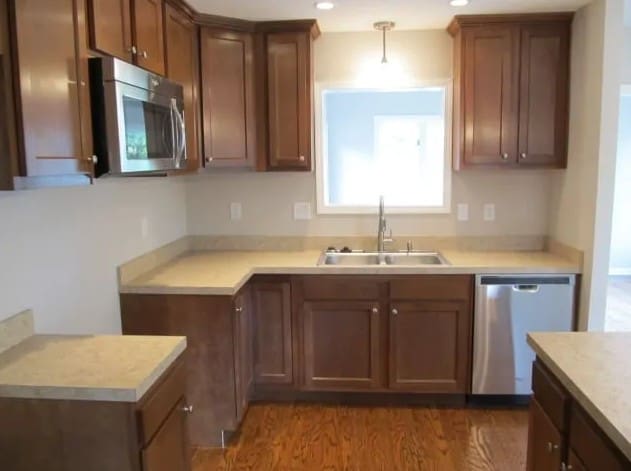
How Quickly Can You Flip a House?
Speed is usually the name of the game when it comes to house flipping.
As the faster you can flip the house the quicker you can make a profit and the more you can reduce your expenses and carrying costs.
But how quickly can you actually flip a house?
While technically you could flip a house by wholesaling or micro flipping the home in a few days or even instantly using a simultaneous closing.
If you plan to do more traditional fix and flips, how long it takes to flip a house depends largely on how quickly you can rehab the home and sell the flip.
In general though as a house flipper in the Midwest that has now completed 16 flips, it usually takes me about 4 to 6 months to flip a house from the initial purchase of the property until the flip is sold.
But I have flipped a home in as little as 3 months and I’ve also had a flip drag on for more than 9 months.
How Many Houses Can You Flip in a Year?
How many houses you can flip in a year can have a major impact on the amount of money you can make flipping houses.
As a house flipper with everything else being equal, that flips 10 homes a year will obviously make far more compared to a house flipper that only flips 2 houses per year.
So if your thinking about flipping houses for a living, it’s important to have a realistic number on the amount of houses you can flip in a year to have a general idea of your potential earnings.
And while there will always be outliers as there are house flippers that flip more than 20 homes a year and some that flip only one.
As a general rule of thumb, most full-time house flippers can expect to flip somewhere between 2 and 7 houses a year, as long as they have adequate capital and a reliable source of property to flip.
Recent Posts
Your bedroom is more than just a place to sleep; it's a personal sanctuary where you can unwind, relax, and recharge after a long day. Whether working with a small bedroom or a spacious suite,...
Are you ready to breathe new life into your living room? If so, look no further than modern living room colors, as they can transform your space from drab to fab. As the heart of the home, the...

